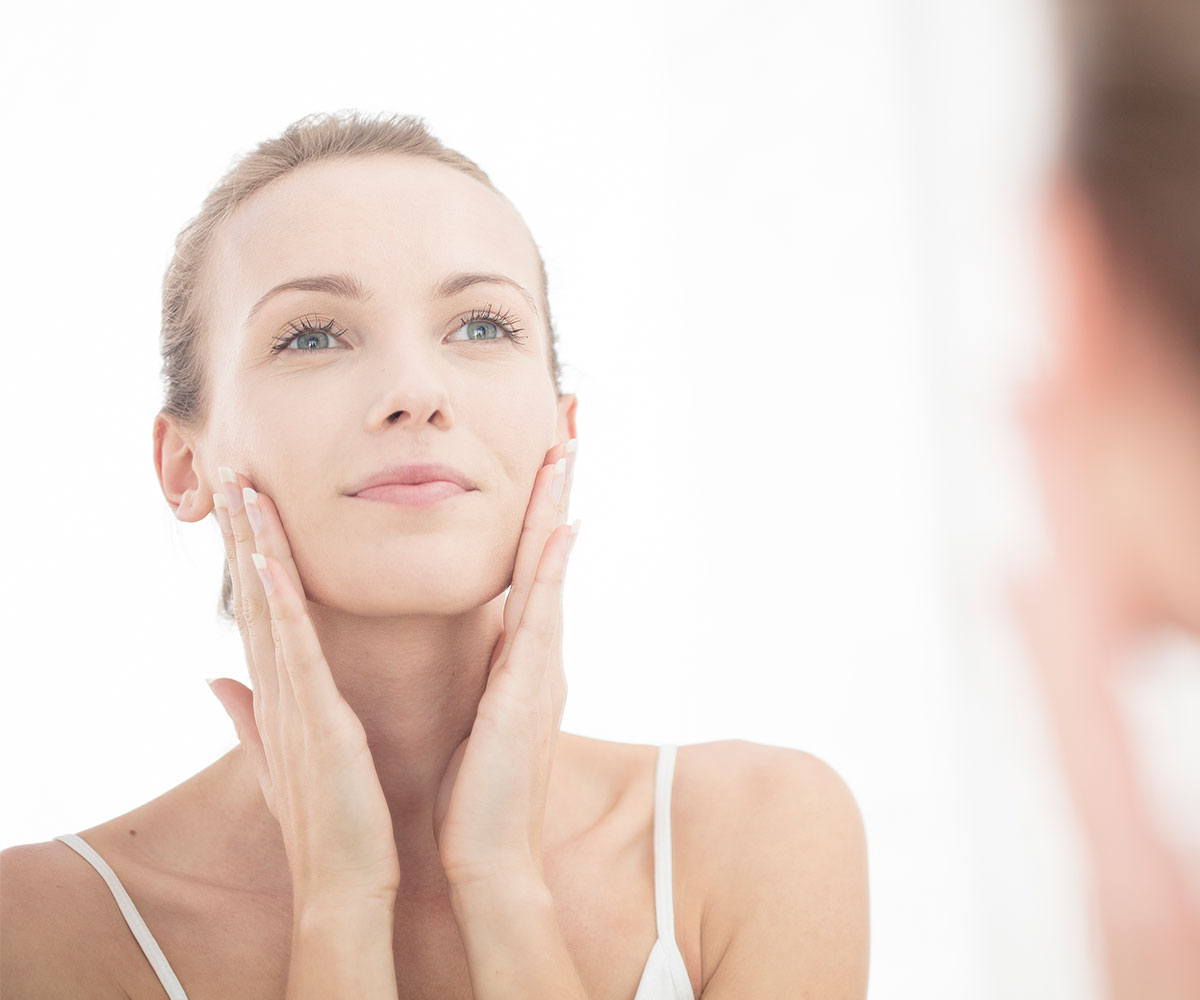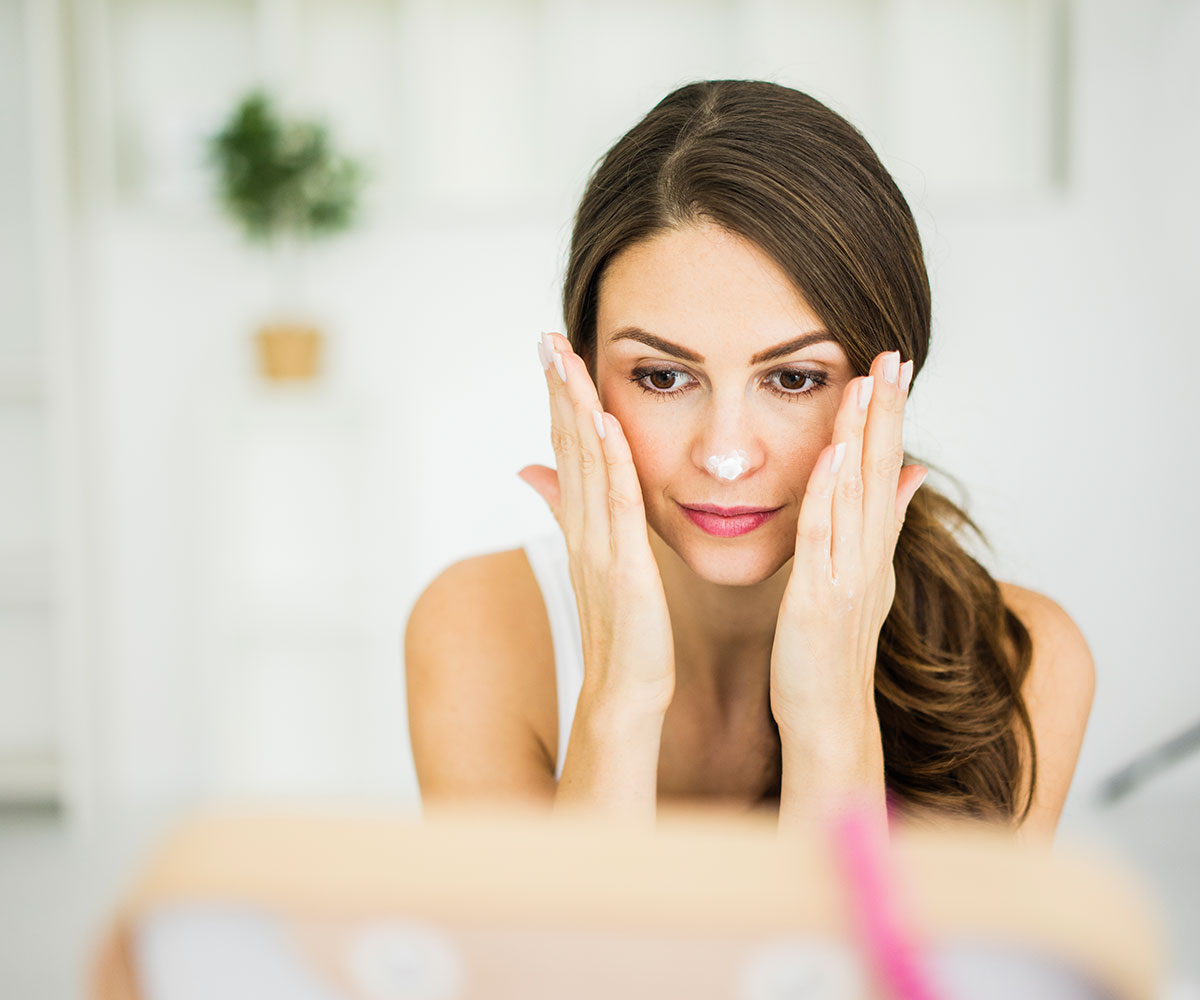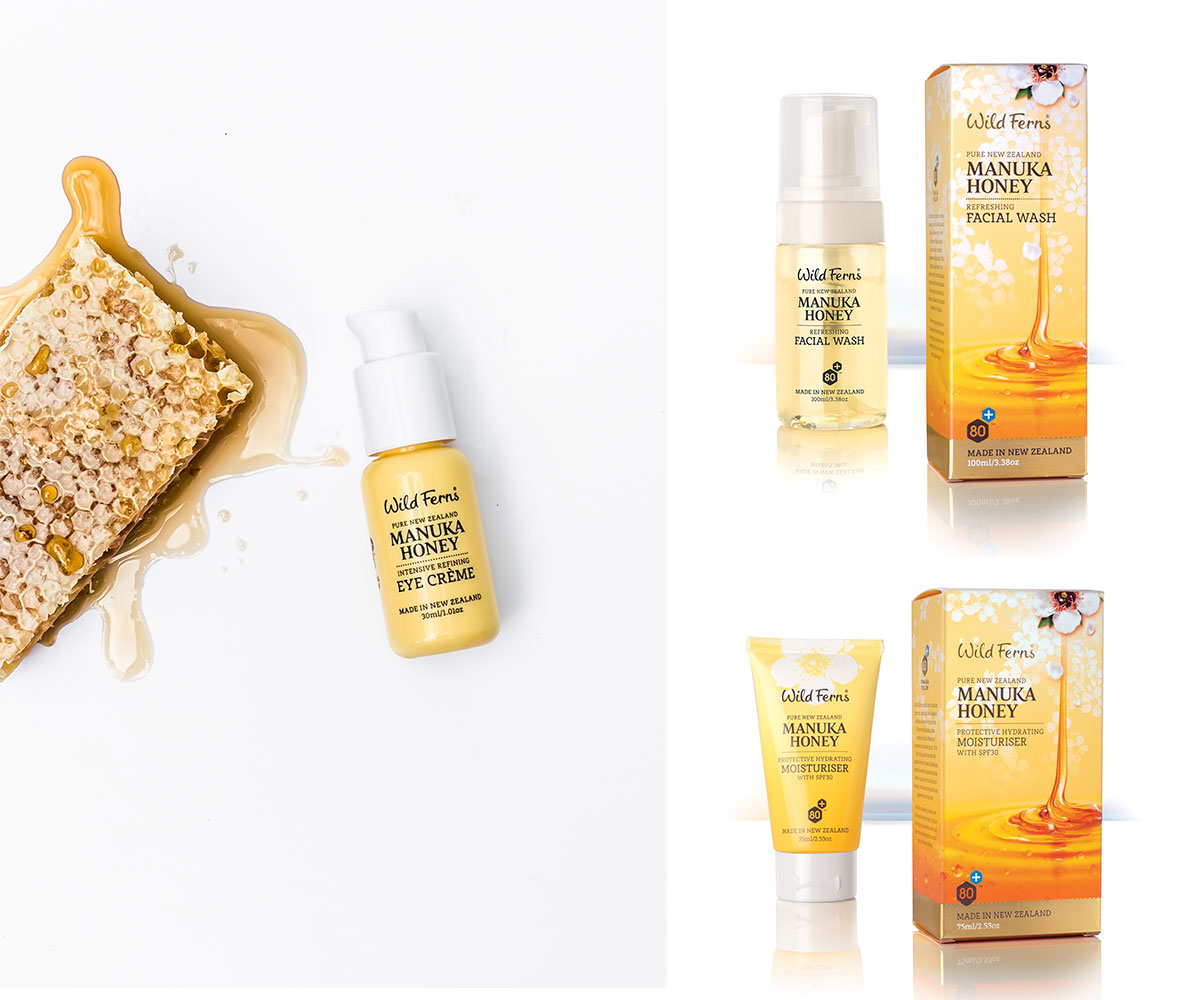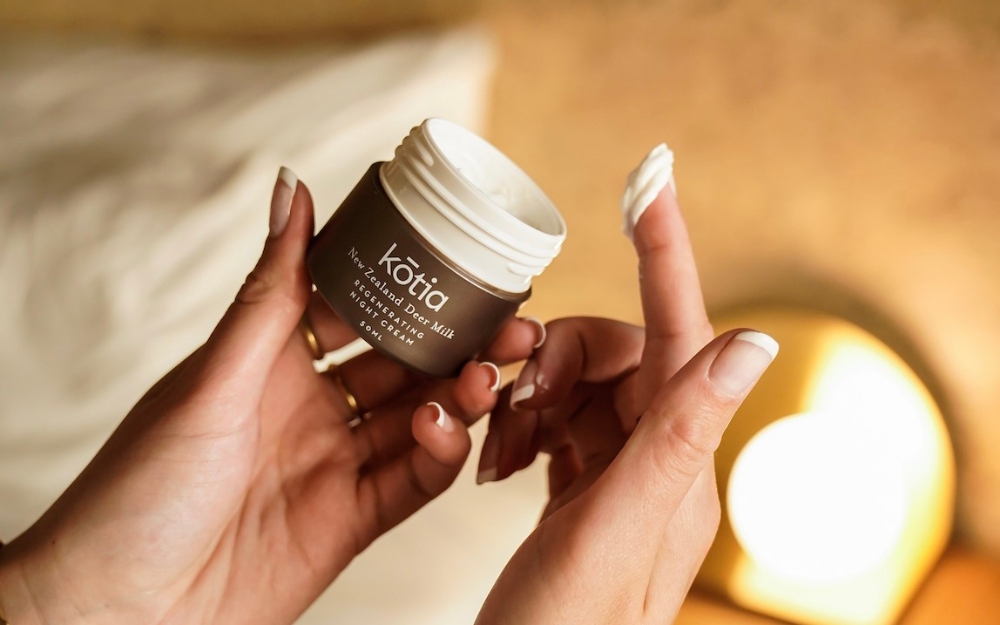Navigating the extensive and ever-changing world of beauty is something many women struggle with.
New products are being created constantly (we now have toners, essences AND mists) and fancy scientific terms (hello, beta hydroxy acids) often confuse and intimidate shoppers.
So with all the mixed information going round, it’s understandably difficult to put together a skincare routine that’s a.) skin-type appropriate and b.) in the correct order.
We’ve put together a guide detailing what an effective morning routine should look like and the function of each step, so when it’s time for you to make your next skincare purchases you feel informed and savvy.
1. Always begin with a cleanse
Every morning you should be cleansing your face. No excuses. Not even if you’re tired/hungover/are late for work.
‘But why do I need to wash my face morning and night?’, you say. Your pillow collects dirt, grease and bacteria from your face and hair (try to wear your hair in a loose ponytail overnight).
Even if you’ve cleansed your face thoroughly the night before, chances are you’re sleeping on a grimy pillowcase that’s spreading dirt onto your face – so it’s important you properly wash your face in the morning.
The Now To Love team is particularly fond of Wild Ferns’ Refreshing Facial Wash for this. The foaming cleanser contains a number of ingredients that make it not only smell amazing, but work wonders on all skin types. Think: sweet orange, willowbark extract, sesame oil and hibiscus extract.
The foam helps remove impurities and rejuvenate the skin, leaving your skin feeling like it’s really clean but not tight. The end result? Rejuvenated and nourished skin.
2. Do your research on toner
The jury’s still out when it comes to whether or not we need toner. Some experts believe that toning dehydrates the skin and strips it of its natural oils while others believe it balances the skin’s pH level after cleansing.
Speaking to the Huffington Post, Dr. Alicia Zalka, a Yale-affiliated dermatologist, says while toners are believed to remove excess oils and dead skin cells, they aren’t necessary. Although she says certain toners can benefit acne-prone skin.
“They can be a great adjunct to a skincare regimen for those that need help with oily skin or markedly plugged pores. My main use for toners are in my acne patients.”
However, Dr. Zalka cautions that any alcohol-based toner is too drying – even for those with oily or combination skin.

3. Facial serums in a nutshell
Serums can be a tricky area for a lot of women. It’s important to note that this step in everyone’s routine should be personalised for individual concerns.
Take a look at your face: is it red, itchy and blotchy? Are you noticing fine lines or perhaps deeper wrinkles? How about acne? You’ll want to find a serum that targets your needs, whether that means focusing on anti-ageing, pigmentation or dehydration.
You can certainly layer serums, just as long as they are applied before your moisturiser; they are most efficient when applied on clean skin so they can deliver their active ingredients deep into the skin.
Ingredients to look for when looking for a serum:
Anti-ageing: Retinol, glycolic acid, peptides
Acne: Benzoyl peroxide, salicylic acid, vitamin C, zinc
Dry skin: vitamin E, hyaluronic acid, ceramides, B vitamins
When looking for a serum, keep in mind that serums tend to be pricier than other products in your skincare routine. Luckily you don’t need to apply a lot of serum for it to be effective.
As serums are so concentrated you only need a little to see heavy-lifting results. However, despite their hard work, serums are not a substitute for moisturiser – moisturiser should always be applied after!
Remember to do a patch test before applying any new product as some serums have been known to aggravate the skin of those with chronic skin conditions such as eczema or rosacea.
4. Eye cream is a wonderful thing
Given the first signs of ageing are most visible around the eye area, it’s important to be using a dedicated eye cream that tackles wrinkles – a cream that helps prevent them and minimises their appearance.
Unfortunately, your anti-ageing moisturiser won’t cut it for this as your under eye area is more delicate and thin than the rest of your face. So if you were hoping to save money by splurging on an anti-ageing serum and using it under your eyes, bad luck, slick – you do need a cream specifically formulated for the eye area.
Wild Ferns’ Intensive Refining Eye Crème is great for the sensitive under eye area as it contains vitamins A, C and E – all of which provide high amounts of antioxidants that help to stimulate collagen production and smooth fine lines and wrinkles.
The crème also contains premium certified Manuka Honey 80+, rosehip, borage, wheatgerm and hazelnut oils – so you know your skin will be free from nasty chemicals.
Remember: you only need to apply a pea-sized amount under your eye using your ring finger (as these have the least amount of strength and won’t stretch the skin).

5. You always need to apply moisturiser (bonus points if it has SPF)
Whatever your skin type, you need to be wearing a moisturiser.
The benefits of using the right moisturiser for your skin are seemingly endless: it can help you fight wrinkles, reduce the appearance of flakiness and dryness, decrease dullness and reduce oiliness.
Think you don’t need a moisturiser because you’ve got oily skin? Unfortunately, you still do. I know, I know, it seems odd.
But consider this: if you’re cleansing your skin and stripping it of its natural oils and not compensating for the lost moisture, it will retaliate with a vengeance by producing more oil.
What a scary thought…
To make the most out of your moisturiser, gently massage it onto clean, damp skin when you get out the shower – moisture is best absorbed when the skin is still a little wet.
6. Wear sunscreen religiously (if you haven’t applied it already)
One of the main culprits causing damage to your skin are free radicals. Put simply, free radicals are atoms that have unpaired electrons. They roam around looking for an electron to nick to restore their balance – but by doing this they cause damage to cells and your skin.
Free radicals can be brought on by pollution, cigarette smoke or the sun and their damage can appear in the form of pigmentation, premature ageing or rough skin texture – fun!
The best way to combat free radicals is by stopping them in their path before they have a chance to run amok – all the brightening lotions, magic and wishful thinking is no substitute for preventing damage in the first place.
So it’s important to invest in some products that will protect you from pollution, but it’s equally as important to protect yourself from sun damage – something you’re bound to experience on your way to work/the gym/ your coffee date.
A sunscreen that’s at least SPF30+ will do the trick, or invest in a moisturiser/sunscreen combo to save a step in your morning beauty routine.
Try Wild Ferns’ Protective Hydrating Moisturiser SPF30+. It’s non-greasy, provides protection against environmental damage and gives your skin an intense hydration boost – all while smelling delicious.
It’s formulated with rosehip and wheatgerm oils, which work to replenish your skin, while collagen and hibiscus extract help to maintain your skin’s firmness and elasticity.
The hydrating moisturiser has also been tested and certified SPF30 too, so you don’t need to worry about sun damage throughout your day, either.
Win, win!

Extra tips:
Clean your make-up brushes as these gather a lot of dirt
Clean your smart phone
Clean your pillowcase regularly
Apply sunscreen to your chest and neck as well as your face
Wild Ferns products are available nationwide at gift, pharmacy and souvenir stores.




